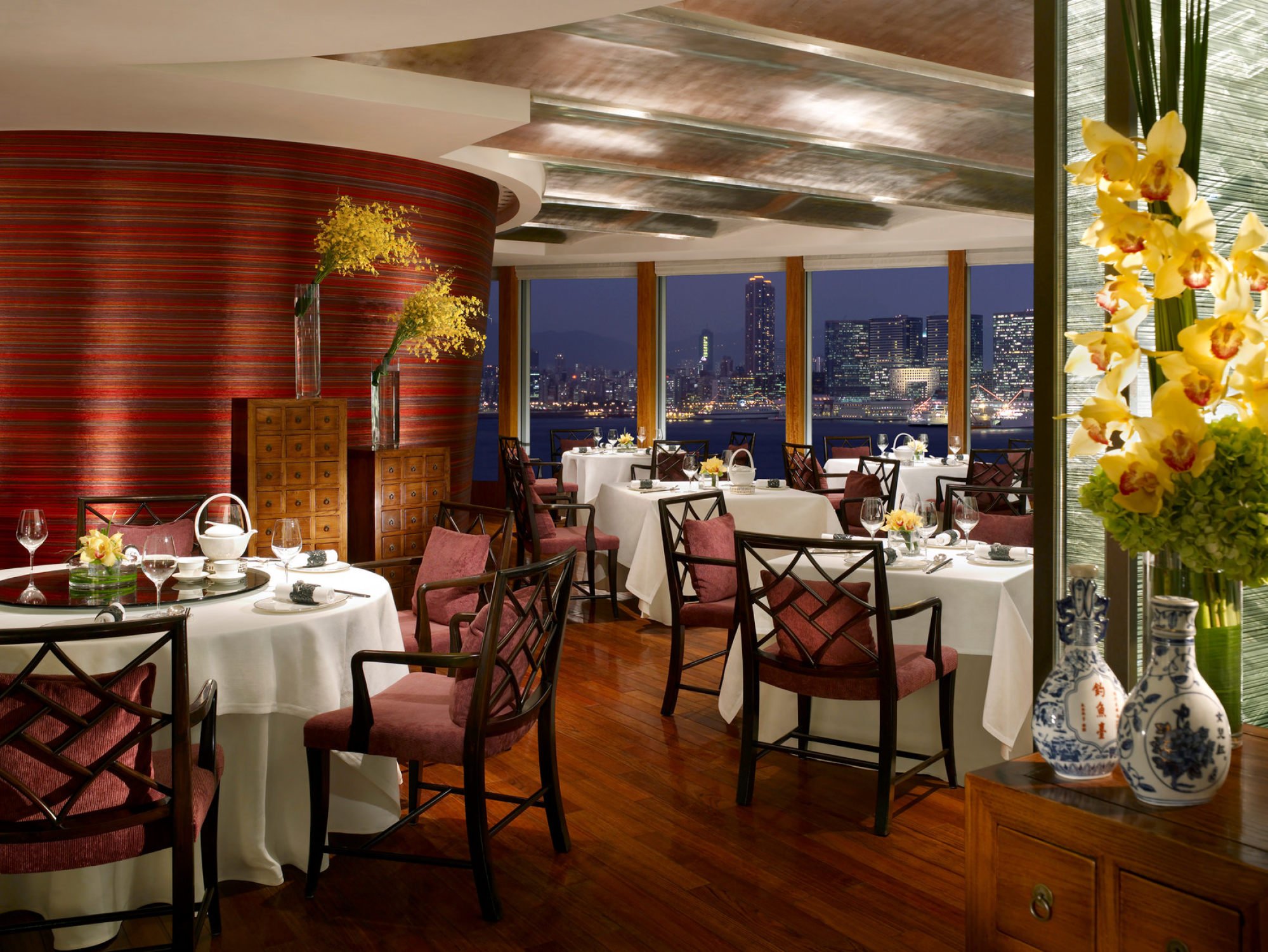The world has not one new best restaurant, but seven.
That’s according to La Liste, one of a crowded field of publishing restaurant ratings that are increasingly used by diners who travel around the world in search of culinary excellence.
Unlike some other companies that dole out stars or crown the No. 1 restaurant in the world, La Liste compiles scores based on online reviews from casual diners and influencers; magazine and newspaper ratings; and scores from guides and other lists.

“We believe by aggregating these subjective choices, reviews and critics, we end up with a ranking that is a bit more objective,” says Hélène Pietrini, managing director of La Liste, who previously was director of the World’s 50 Best.
The list’s system assigns scores to restaurants in half-point increments up to 99.5, meaning many restaurants end up tied with the same numerical ranking.

Pietrini says that while she respects the various methodologies used by different companies, she thinks consumers benefit from having multiple sources of information and not necessarily just one restaurant that’s universally declared best in the world.

“In the end, the consumer is not stupid,” she says. “There is not one best, one unique restaurant that is best at one time, one day, one year. The notion of best is a bit more complex.”
Based on La Liste’s computations, 17 restaurants received the No. 2 score of 99; 26 clocked in with 98.5; and 31 spots achieved the No. 4 score of 98. La Liste publishes a list of the top 1,000 restaurants, but includes scores for even more in its app.
“One striking trend is that Asia is back,” Pietrini says, reflecting a part of the world that has more or less fully reopened after the Covid-19 pandemic. Of this year’s top 1,000 restaurants, 139 were in Japan and 76 in mainland China, while 25 were in Hong Kong, 14 in Macau and seven in Taiwan. The United States and France took 106 spots each.

The number of both high- and low-end places that continue to close is notable to Pietrini. It shows the ongoing impact that inflation and rising costs are having on restaurants, at a time when customers have less disposable income, says Joerg Zipprick, La Liste’s editor and co-founder.
Notable restaurants that have announced their closure include Le Gavroche in London, Deanes Eipic in Belfast, and Ernst in Berlin, not to mention the world-famous Noma, “testifying to the considerable impact on upscale dining establishments”, he says.
Restaurants that serve traditional, classic and terroir cuisine tend to survive best during these times, he says. “Periods of prosperity are more conducive to avant-garde gastronomy. Today’s public is looking for comfort food.”
A private kitchen chef in Hong Kong aged 20, he was 8 when he first cooked
A private kitchen chef in Hong Kong aged 20, he was 8 when he first cooked
La Liste is a relative newcomer on the rankings scene, producing its first list in 2015.
Michelin, on the other hand, started awarding stars in 1926 to restaurants listed in its guide, with the aim of facilitating road trips and promoting its tire business. And UK publisher William Reed has been producing its list of the World’s 50 Best restaurants since 2002; more recently it has added best hotels, as well as global and regional best bars lists.
